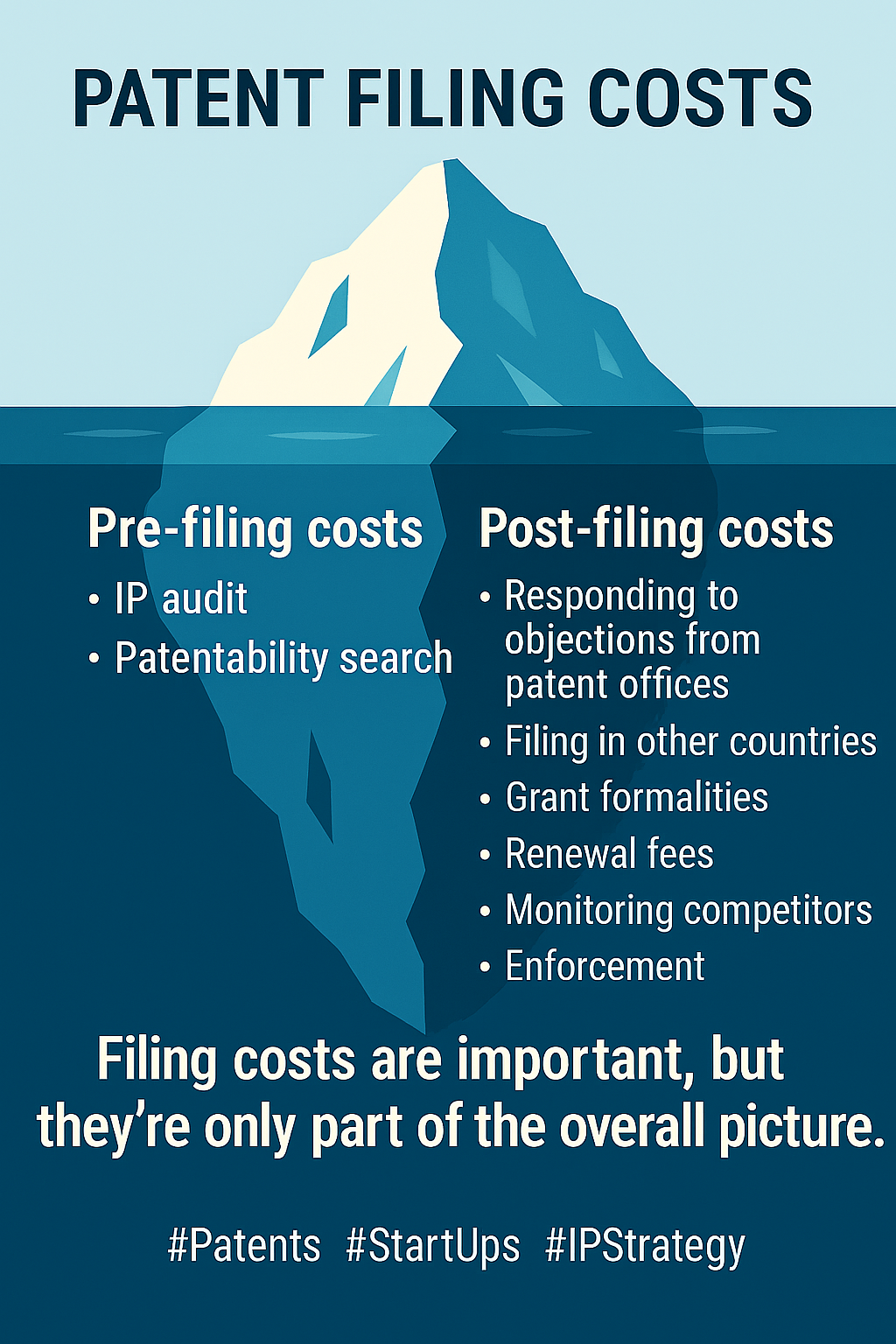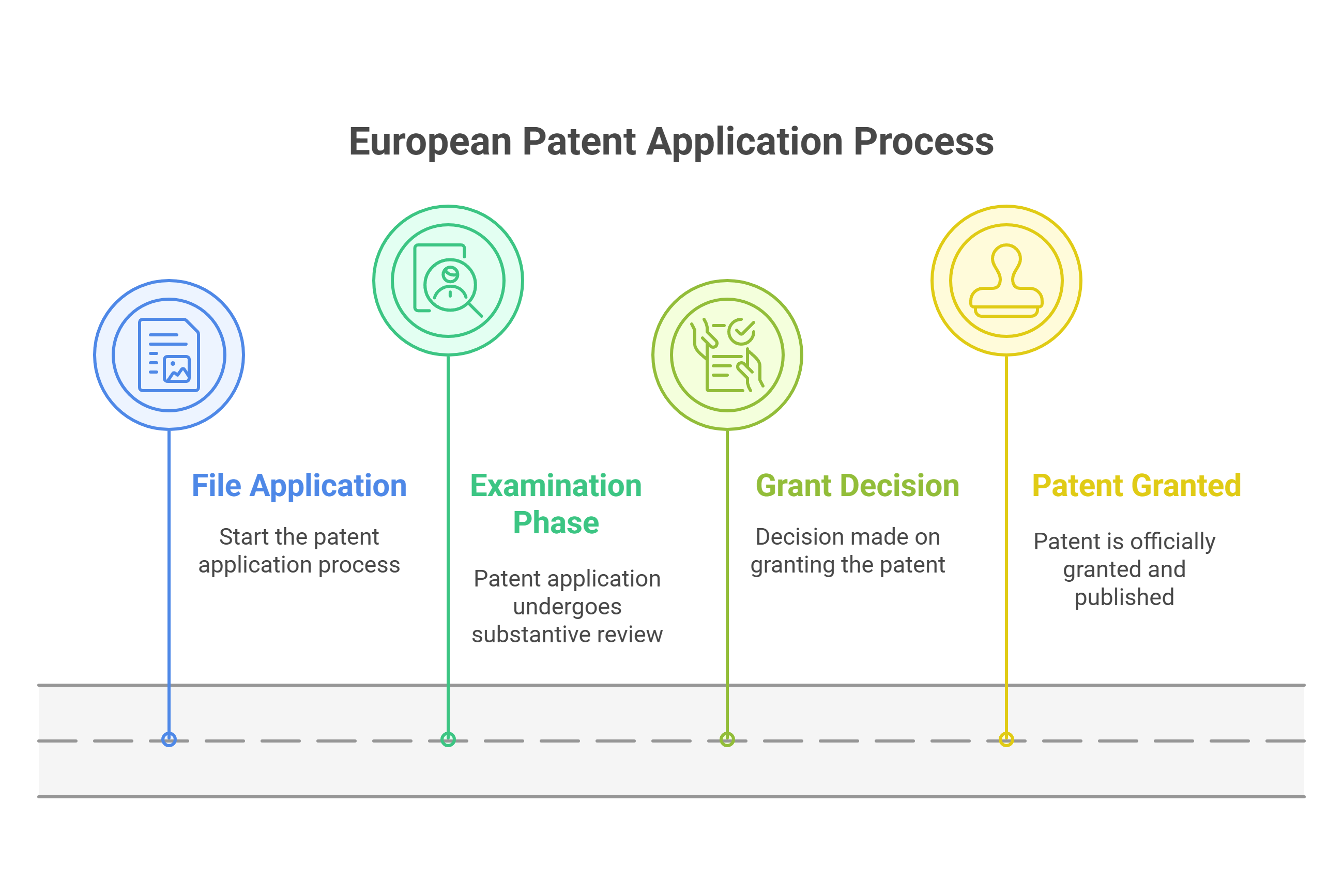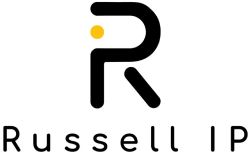Celebrating International Internet Day: Five Patents That Have Shaped the Internet
Introduction: The Dawn Of The Internet
Did you know that the first Internet message was just two letters long? On 29 October 1969, the message “lo” marked the beginning of a technology revolution that would change our lives forever.
International Internet Day, observed on 29 October each year, commemorates the moment that first message was transmitted over the Advanced Research Projects Agency Network (ARPANET). Interestingly, the intended first message was “login”, but the ARPANET system crashed after only the first two characters had been sent!
Over the following 55 years, a series of innovations has transformed how we communicate and consume information. In this article, we explore five patents that have influenced the development of the Internet as we now know it.
Five Patents That Have Shaped The Internet
1. Method Of Producing Optical Waveguide Fibers (US 3,711,262 A)
Representative Drawing

Key Patent Details
- Patent Number: US 3,711,262 A
- Filing Date: 11 May 1970
- Grant Date: 16 January 1973
- Inventors: Donald Bruce Keck and Peter Charles Schultz
- Assignee: Corning Glass Works
Summary
- Technology: This patent relates to a method of producing optical waveguide fibres for optical communication systems.
- Legacy: Optical fibre networks now form the backbone of the modern Internet. They offer higher transmission speeds and lower latency than the copper-based networks that came before them, facilitating rapid global data transfer and communication.
Link To The Patent
2. Cryptographic Communications System And Method (US 4,405,829 A)
Representative Drawing

Key Patent Details
- Patent Number: US 4,405,829
- Filing Date: 14 December 1977
- Grant Date: 20 September 1983
- Inventors: Ronald L. Rivest, Adi Shamir, and Leonard M. Adleman
- Assignee: Massachusetts Institute of Technology
Summary
- Technology: This patent relates to the Rivest–Shamir–Adleman (RSA) technique for encryption and transmission of data. It is one of the earliest systems for protecting data in transit.
- Legacy: RSA encryption revolutionised digital security by enabling secure data transmission over the Internet. It is still a foundational technology in protecting online communications, transactions and sensitive information.
Link To The Patent
3. Apparatus And Methods For Wireless Communications (EP 0 599 632 B1)
Representative Drawing

Key Patent Details
- Patent Number: EP 0 599 632 B1
- Filing Date: 24 November 1993
- Grant Date: 18 April 2001
- Inventors: John David O’Sullivan, Graham Ross Daniels, Terence Michael Paul Percival, Diethelm Ironi Ostry, John Fraser Deane
- Assignee: Commonwealth Scientific And Industrial Organisation (CSIRO)
Summary
- Technology: This patent is an early application for a wireless local area network (WLAN). The application describes WLANs in which devices communicate via radio transmissions.
- Legacy: The development of WLAN technology paved the way for Wi-Fi; enabling wireless data communication in homes, offices, public spaces and even aircraft. This technology has also been pivotal in supporting the widespread adoption of mobile devices and the Internet of Things (IoT).
Link To The Patent
4. Method For Node Ranking In A Linked Database (US 6,285,999 B1)
Representative Drawing

Key Patent Details
- Patent Number: US 6,285,999 B1
- Filing Date: 9 January 1998
- Grant Date: 4 September 2001
- Inventor: Lawrence Page
- Assignee: The Board of Trustees of the Leland Stanford Junior University
Summary
- Technology: This patent relates to a method for node-ranking in a linked database.
- Legacy: The patent lists Lawrence Page (better known as Larry Page, co-founder of Google) as its only inventor. Page’s work, alongside fellow Google co-founder Sergey Brin, in organising and ranking information through the PageRankTM algorithm has shaped how we interact with the Internet every day; primarily through search engines. This innovation made it easier and quicker to find relevant information online.
Link To The Patent
5. Configuring A Graphical User Interface For Display At An Output Interface During A Video Conference (US 12,039,140 B2)
Representative Drawing

Key Patent Details
- Patent Number: US 12,039,140 B2
- Filing Date: 25 April 2022
- Grant Date: 16 July 2024
- Inventor: Cary Arnold Bran
- Assignee: Zoom Video Communications, Inc
Summary
- Technology: This patent relates to a graphical user interface (GUI) configuration for display at an output interface during a video conference. Claim 1 of the patent is directed to a method involving moving a first visual element to a location where it overlaps with a second visual element, and adjusting the audio level associated with the second visual element based on the overlap. This could allow participants’ respective volumes in the video conference to be adjusted upwards or downwards automatically, to allow a particular participant to speak audibly to the other participants in the videoconference.
- Legacy: Developments around videoconferencing support today’s world in which remote working and virtual meetings have become the norm. They allow long-distance collaboration and online interaction.
Link To The Patent
Conclusion
From the first two-letter ARPANET message to today’s digitally connected world, these patents highlight the amazing journey of the Internet and some of the technologies that have shaped it.
Do You Have The Next Groundbreaking Internet Technology?
At Russell IP, we help technology companies secure robust patents for computer technologies. If you’ve invented something that could feature on a future version of this list and become another milestone in Internet history, we’re here to help you protect it.
Don’t just take our word for it. Here’s a small example of what companies we work with have said about our expertise in this space:
“that rare breed of patent attorney whose technical knowledge rivals [their] intricate knowledge of the law”
“particular expertise in handling the complexities of successfully prosecuting computer software inventions”
“encyclopaedic knowledge of patent law and a deep grasp of technology [and] fully understands the inventor journey”
“deep domain knowledge”
“[experts] in music and audio technologies”
“deeply [understand] music, audio and AI technologies”






